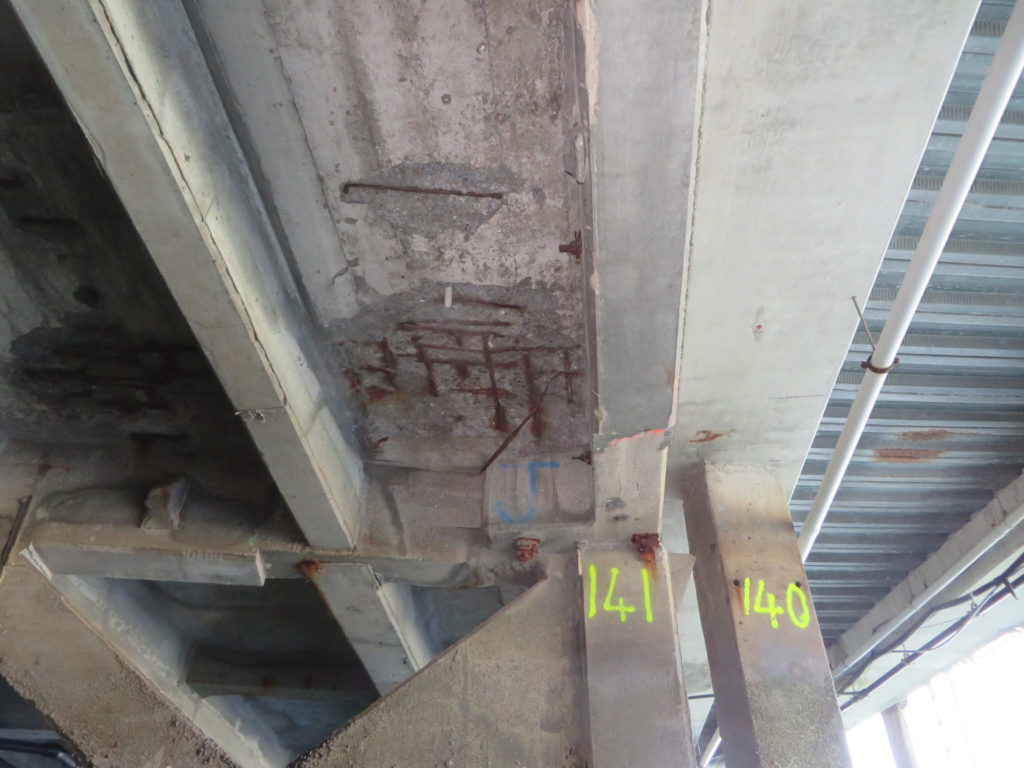Corrosion Testing is a major part of our non-destructive testing services – CSI continues to offer corrosion surveying, rebar corrosion […]
Corrosion Testing is a major part of our non-destructive testing services – CSI continues to offer corrosion surveying, rebar corrosion determination and corrosion control testing across New Zealand. As members of the Australasian Corrosion Association, Jane and Michael recently met up with the ACA group to talk in person (finally!) about durability, design issues and inspection.
We believe it was the first meeting this year for the ACA around the entire country!! Alongside beers, wines and tasty nibbles we listened to Stewart Hobbs; Principal of ProConsult Engineers presenting on the ‘Durability Deficiencies Found in Building Construction’.
The presentation looked at durability in concrete, aluminium and steel, and whether current Producer Statements are working. We also discussed the relationship between durability and cost of material, understanding your clients brief, design issues, and the need for periodic inspections and regular maintenance. This newsletter linked gives a summary of the evening (see if you can spot CSI) and details the next webinar – a chat about corrosion. Which – let’s face it, is a ‘durability issue’!! The Upcoming Webinar title is:
—–
—–
Corrosion is a prominent issue we discover in our work time and time again. The most alarming aspect being that is often not detected until it can be seen by the naked eye via spalling etc. By this stage, a lot of the damage has already been made and often the structure is considerably weakened. Remediation at this point is much more costly and difficult.



—–
“Corrosion refers to any process involving the deterioration or degradation of metal components. The best-known case is that of the rusting of steel. Corrosion processes are usually electro-chemical in nature, having the essential features of a battery. Dissimilar metals in the presence of a conducting liquid, known as the electrolyte, develop an electrical potential that causes a current to flow whenever a suitable path is provided. Such electrical potentials may also be developed between two areas of a component made of a single metal as a result of small differences in composition or structure or of differences in the conditions to which the metal surface is exposed. That part of a metal component which becomes the corroding area is called the “anode”; that which acts as the other plate of the battery is called the “cathode” and does not corrode, but is an essential part of the system. – Canadian Building Digest
—–
—–

Leave a Reply
You must be logged in to post a comment.